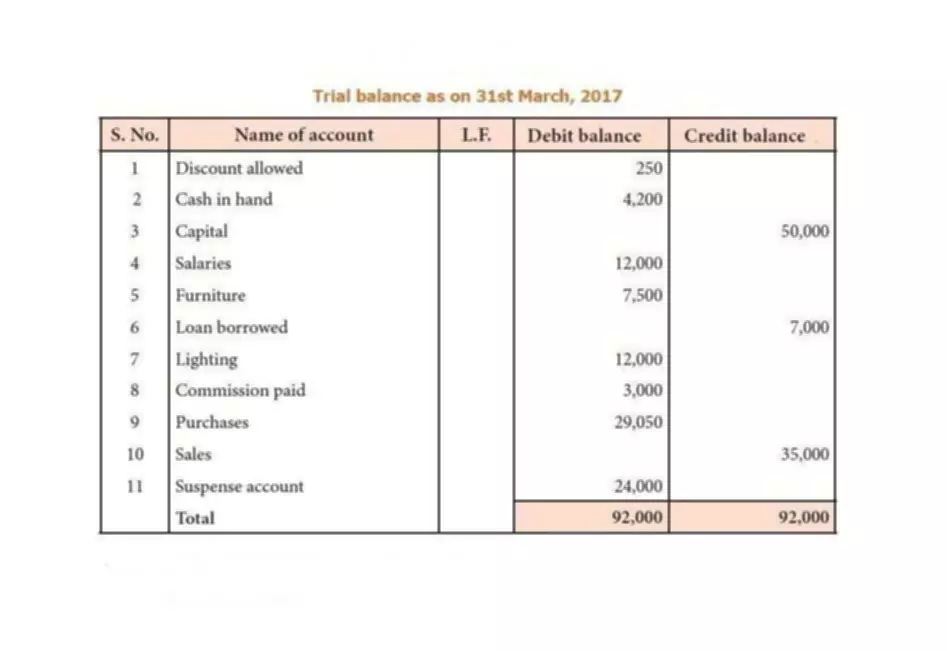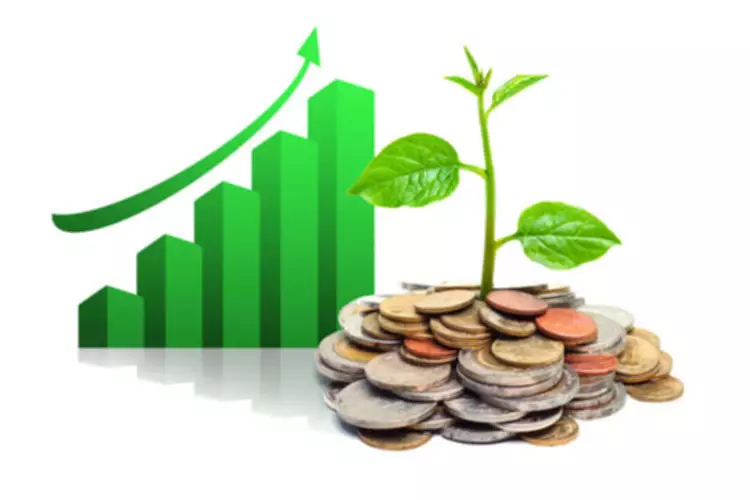Content

If you have trouble understanding the premise, remember that opportunity cost is inextricably linked with the notion that nearly every decision requires a trade-off. Opportunity cost is the amount of potential gain an investor misses out on when they commit to one investment choice over another.
CFOs see hybrid work as a cost-cutting opportunity – Fortune
CFOs see hybrid work as a cost-cutting opportunity.
Posted: Thu, 22 Sep 2022 10:36:00 GMT [source]
Because opportunity costs are forward-looking, to the extent that it’s possible, they should include measures of uncertainty. If you’re looking at a set of investment opportunities, your decision should factor in the uncertainty of gains or losses, your time horizon to recover and your subjective ability to stomach potential losses. For this reason, it’s a best practice in the investment profession to match an individual’s investment portfolio to their risk tolerance and time horizon. Opportunity cost, In economic terms, the opportunities forgone in the choice of one expenditure over others. For a consumer with a fixed income, the opportunity cost of buying a new dishwasher might be the value of a vacation trip never taken or several suits of clothes unbought. The concept of opportunity cost allows economists to examine the relative monetary values of various goods and services.
Examples of Opportunity Cost
This expense is to be ignored by the company in its future decisions and highlights that no additional investment should be made. The downside of opportunity cost is it is heavily reliant on estimates and assumptions. There’s no way of knowing exactly how a different course of action may have played out financially. Therefore, to determine opportunity cost, a company or investor must project the outcome and forecast the financial impact.

When the value of this equation is a negative number, there isn’t a higher value option. In other words, an opportunity cost is the regret you anticipate from not taking another option.
Example: Valuing Leisure Time
Within the context of investing, opportunity costs are the expected return on the investments you are evaluating. A simple example of opportunity cost in investing is in the bond markets.

For example, the https://www.bookstime.com/ of changing supplier could mean an increase in per unit cost but higher quality products. In the short term, you are investing more money than before so you consider increasing the price of the product for the customer. But in the longer term, these high-quality products can lead to happy customers. Customers will, in return, promote your products to friends if you keep the price steady, leading to strong market share. Therefore you need to choose whether to increase the product price. A business needs to make decisions like this every day and weigh up the pros and cons in order to remain profitable.
Motley Fool Returns
A simple opportunity cost example is choosing between two investment options with a guaranteed return. Suppose they both require the same amount of investment, but one will pay you $50, and the other will pay you $20. The opportunity cost is -$30 for the $50 return, indicating there isn’t a cost but rather a net benefit. The opportunity cost for the $20 return is $30, indicating that choosing the $20 return option would mean you’re missing out on a higher potential benefit. Maybe you’ve heard a story of someone going to an outdoor concert to see an act they weren’t that into in the pouring rain just because they had bought the ticket? Or a company continuing to spend money on a failing project because it had already spent a considerable amount on it?
In the instance where you select the 5% return investment, your “cost” is a negative $30, indicating you would not regret the decision. This concept acknowledges not just the explicit costs of a choice but also the implicit costs of what you forgo when you make that decision. Opportunity cost provides a framework for decision-making to find the most benefit, particularly for limited resources like time and money. The opportunity cost of making a decision to invest is the satisfaction given up by not making a consumption decision. For example, the opportunity cost of investing in an ethanol plant may be the satisfaction given up by not buying a new pickup. There is a fine line between investment decisions and consumption decisions in the farm business.
Is Opportunity Cost a Big Deal?
Accounting practices do not aim to measure opportunity costs.6 Opportunity costing generally requires comprehensive, disaggregated data at the individual patient level. Even then, the allocation of overhead and fixed costs is difficult since the cause and effect relation between resources and different users is difficult to determine. Since many economic evaluations use accountancy cost data, the results should be treated with some caution. In practice, very few studies attempt to estimate the opportunity costs of drugs, relying instead on prices.
- For investors, explicit costs are direct, out-of-pocket payments such as purchasing a stock or an option, or spending money to improve a rental property.
- If you choose to marry one person, you give up the opportunity to marry anyone else.
- This means that they are costs that have already occurred within a project, without exchanging cash.
- How to Invest in Index Funds Index funds track a particular index and can be a good way to invest.
An opportunity cost would be to consider the forgone returns possibly earned elsewhere when you buy a piece of heavy equipment with an expected ROI of 5% vs. one with an ROI of 4%. Again, an opportunity cost describes the returns that one could have earned if the money were instead invested in another instrument. Thus, while 1,000 shares in company A eventually might sell for $12 a share, netting a profit of $2,000, company B increased in value from $10 a share to $15 during the same period. Even though opportunity costs include nonmonetary costs, we will often monetize opportunity costs, by translating these costs into dollar terms for comparison purposes. Monetizing opportunity costs is valuable, because it provides a means of comparison. It used to be that judges occasionally sentenced convicted defendants to “thirty days or thirty dollars,” letting the defendant choose the sentence. Conceptually, we can use the same idea to find out the value of 30 days in jail.
This complex situation pinpoints the reason why opportunity cost exists. The opportunity cost of exchanging the 10,000 bitcoins for two large pizzas peaked at almost $700 million based on Bitcoin’s 2022 all-time high price.

For example, you have $1,000,000 and choose to invest it in a product line that will generate a return of 5%. If you could have spent the money on a different investment that would have generated a return of 7%, then the 2% difference between the two alternatives is the foregone opportunity cost of this decision. Time spent chasing after an income might have health problems like in presenteeism where instead of taking a sick day one avoids it for a salary or to be seen as being active.
